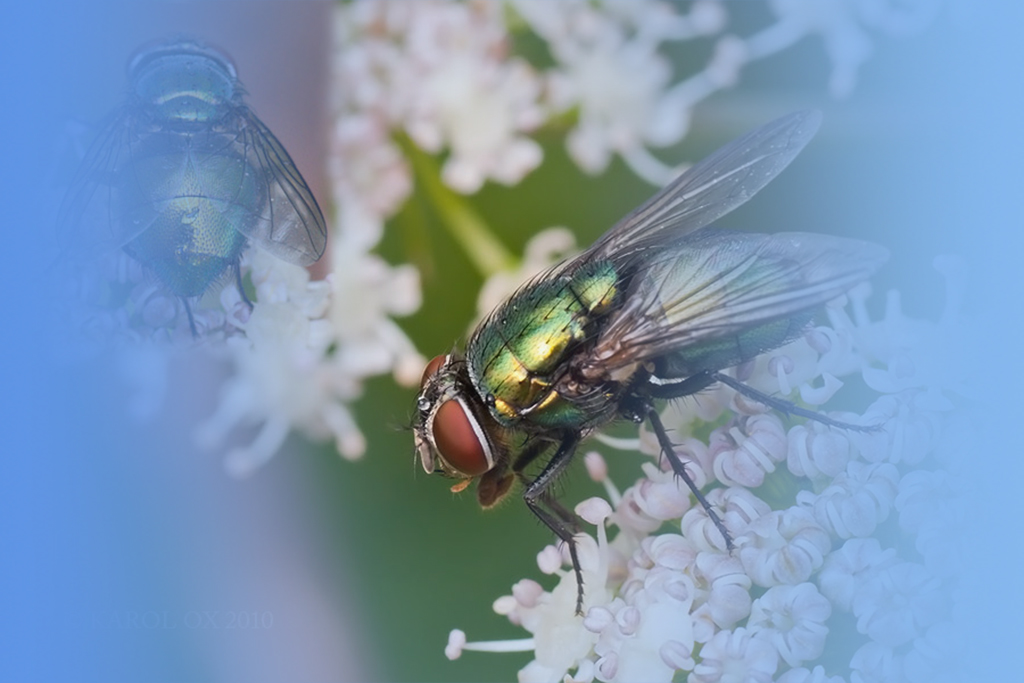[1] Mullins DE. Physiology of environmental adaptations and resource acquisition in cockroaches[J]. Annu Rev Entomol, 2015, 60:473-492. DOI:10.1146/annurev-ento-011613-162036.
[2] Oliva GR, Díaz C, González OF, et al. Blatella germanica as a possible cockroach vector of micro-organisms in a hospital[J]. J Hosp Infect, 2010, 74(1):93-95. DOI:10.1016/j.jhin.2009.09.002.
[3] Do DC, Zhao Y, Gao P. Cockroach allergen exposure and risk of asthma[J]. Allergy, 2016, 71(4):463-474. DOI:10.1111/all.12827.
[4] Gits MP, Gondhalekar AD, Scharf ME. Impacts of bioassay type on insecticide resistance assessment in the German cockroach (Blattodea:Ectobiidae)[J]. J Med Entomol, 2023, 60(2):356-363. DOI:10.1093/jme/tjad004.
[5] Gondhalekar AD, Appel AG, Thomas GM, et al. A review of alternative management tactics employed for the control of various cockroach species (Order:Blattodea) in the USA[J]. Insects, 2021, 12(6):550. DOI:10.3390/insects12060550.
[6] Feng YK. The pest prevention and control research in catering service places[J]. Res China Market Regul, 2019(4):50-52. DOI:10.3969/j.issn.1004-7645.2019.04.014.(in Chinese) 冯怡康. 餐饮服务场所有害生物预防控制研究[J]. 中国市场监管研究, 2019(4):50-52. DOI:10.3969/j.issn.1004-7645.2019.04.014.
[7] Miller DM, Meek F. Cost and efficacy comparison of integrated pest management strategies with monthly spray insecticide applications for German cockroach (Dictyoptera:Blattellidae) control in public housing[J]. J Econ Entomol, 2004, 97(2):559-569. DOI:10.1093/jee/97.2.559.
[8] World Health Organization. Insecticide resistance and vector control[M]. Geneva:World Health Organization, 1970:130-134.
[9] Ministry of Health of the People's Republic of China, Standardization Administration of the People's Republic of China. GB/T 26352-2010Test methods of cockroach resistance to insecticides-The bioassay methods forBlattella germanica[S]. Beijing:Standards Press of China, 2011. (in Chinese) 中华人民共和国卫生部, 中国国家标准化管理委员会. GB/T 26352-2010蜚蠊抗药性检测方法 德国小蠊生物测定法[S]. 北京:中国标准出版社, 2011.
[10] Mao KK, Li HR, Zhu JY, et al. Rapid test to detect insecticide resistance in field populations of Spodoptera frugiperda (Lepidoptera:Noctuidae)[J]. Front Physiol, 2023, 14:1254765. DOI:10.3389/fphys.2023.1254765.
[11] General Administration of Quality Supervision, Inspection and Quarantine of the People's Republic of China, Standardization Administration of the People's Republic of China. GB/T 26352-2009Surveillance methods for vector density-Cockroach[S]. Beijing:Standards Press of China, 2009. (in Chinese) 中华人民共和国国家质量监督检验检疫总局, 中国国家标准化管理委员会. GB/T 23795-2009病媒生物密度监测方法 蜚蠊[S]. 北京:中国标准出版社, 2009.
[12] Saipollizan QA, Ab Majid AH. Laboratory efficacy and toxicology of two commercial insecticides (deltamethrin and fenitrothion) against two German cockroach field strains[J]. Toxicol Rep, 2021, 8:1849-1855. DOI:10.1016/j.toxrep.2021.11.005.
[13] Byrne DN, Carpenter EH. Attitudes and actions in urbanites in managing household arthropods[M]//Bennett GW, Owens JM. Advances in Urban Pest Management. New York:Van Nostrand Reinhold Co, 1986:13-24.
[14] Zhou XJ, Qian K, Tong Y, et al. De novo transcriptome of the hemimetabolous German cockroach (Blattella germanica)[J]. PLoS One, 2014, 9(9):e106932. DOI:10.1371/journal.pone.0106932.
[15] Wang CL, Scharf ME, Bennett GW. Behavioral and physiological resistance of the German cockroach to gel baits (Blattodea:Blattellidae)[J]. J Econ Entomol, 2004, 97(6):2067-2072. DOI:10.1093/jee/97.6.2067.
[16] Li J, Tong Y, Zeng XP, et al. A comparative study of changes in water loss rate and palatability of cockroach-killing gel baits[J]. Chin J Vector Biol Control, 2021, 32(5):560-563. DOI:10.11853/j.issn.1003.8280.2021.05.010.(in Chinese) 李静, 佟颖, 曾晓芃, 等. 杀蟑胶饵的失水率及适口性变化比较研究[J]. 中国媒介生物学及控制杂志, 2021, 32(5):560-563. DOI:10.11853/j.issn.1003.8280.2021.05.010.
[17] Wang CL, Bennett GW. Comparative study of integrated pest management and baiting for German cockroach management in public housing[J]. J Econ Entomol, 2006, 99(3):879-885. DOI:10.1603/0022-0493-99.3.879.
[18] Shahraki GH, Hafidzi MN, Khadri MS, et al. Cost-effectiveness of integrated pest management compared with insecticidal spraying against the German cockroach in apartment buildings[J]. Neotrop Entomol, 2011, 40(5):607-612.
[19] DeVries ZC, Santangelo RG, Crissman J, et al. Exposure risks and ineffectiveness of total release foggers (TRFs) used for cockroach control in residential settings[J]. BMC Public Health, 2019, 19(1):96. DOI:10.1186/s12889-018-6371-z.
[20] Wang CL, Bennett GW. Cost and effectiveness of community-wide integrated pest management for German cockroach, cockroach allergen, and insecticide use reduction in low-income housing[J]. J Econ Entomol, 2009, 102(4):1614-1623. DOI:10.1603/029.102.0428.
[21] Kass D, McKelvey W, Carlton E, et al. Effectiveness of an integrated pest management intervention in controlling cockroaches, mice, and allergens in New York city public housing[J]. Environ Health Perspect, 2009, 117(8):1219-1225. DOI:10.1289/ehp.0800149.
[22] Liu Q. Sustainable Pest Management for Health and Well-Being[J]. China CDC Wkly, 2020, 2(24): 438-442. DOI:10.46234/ccdcw2020. |



